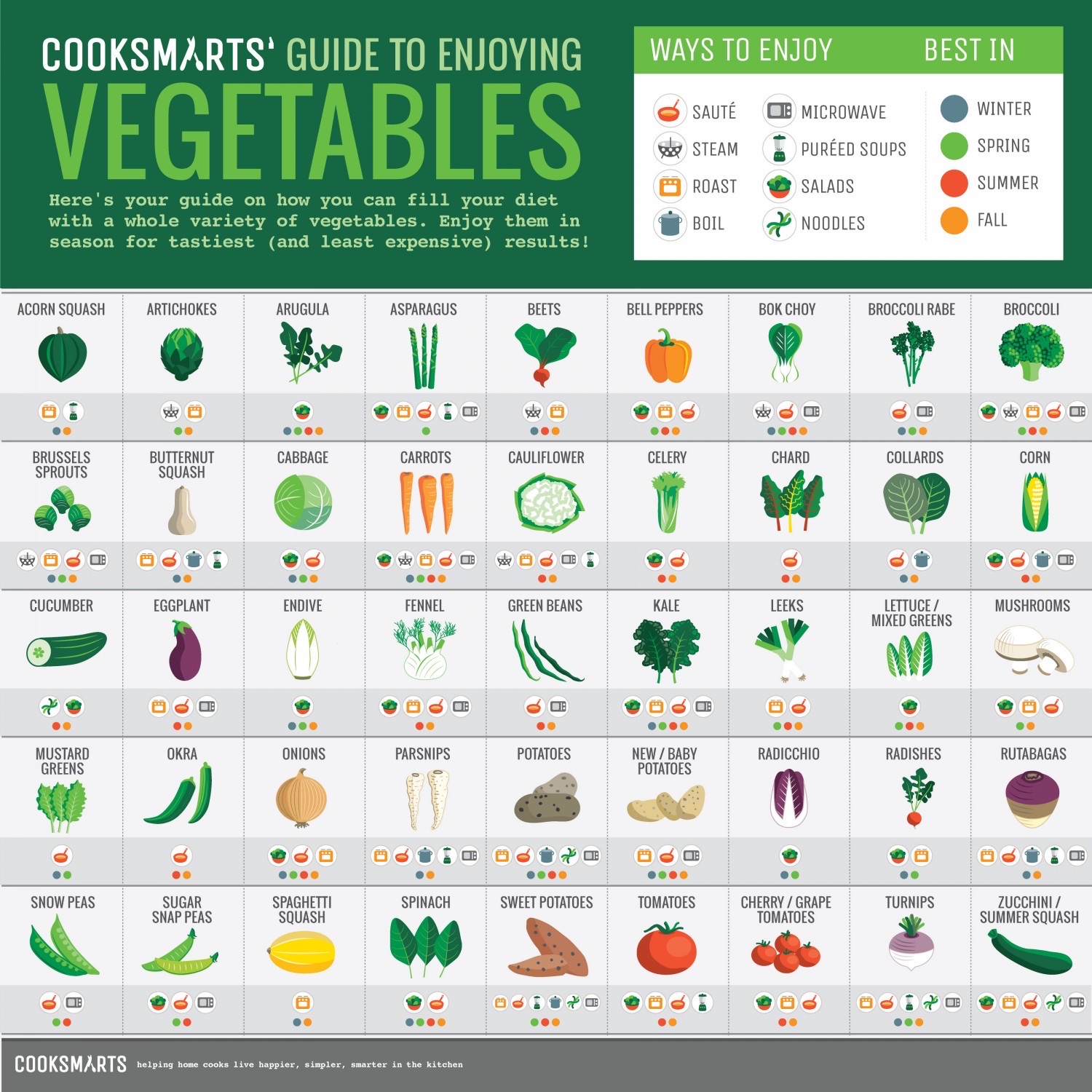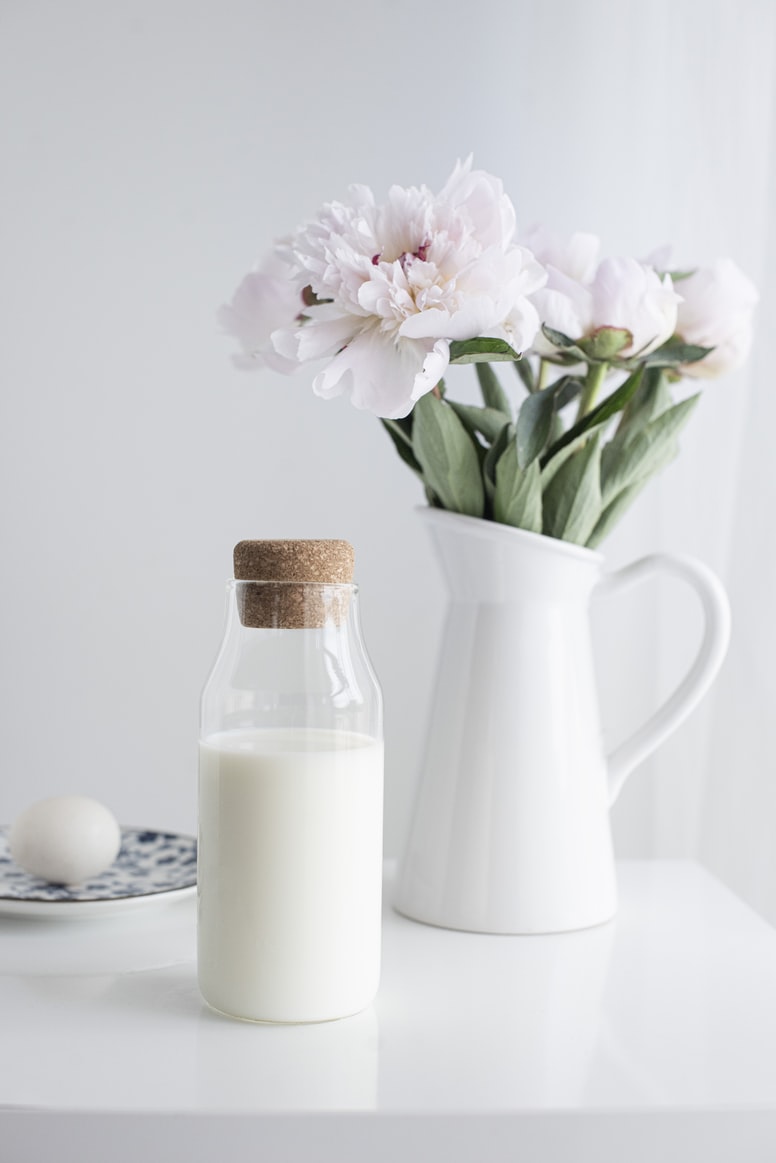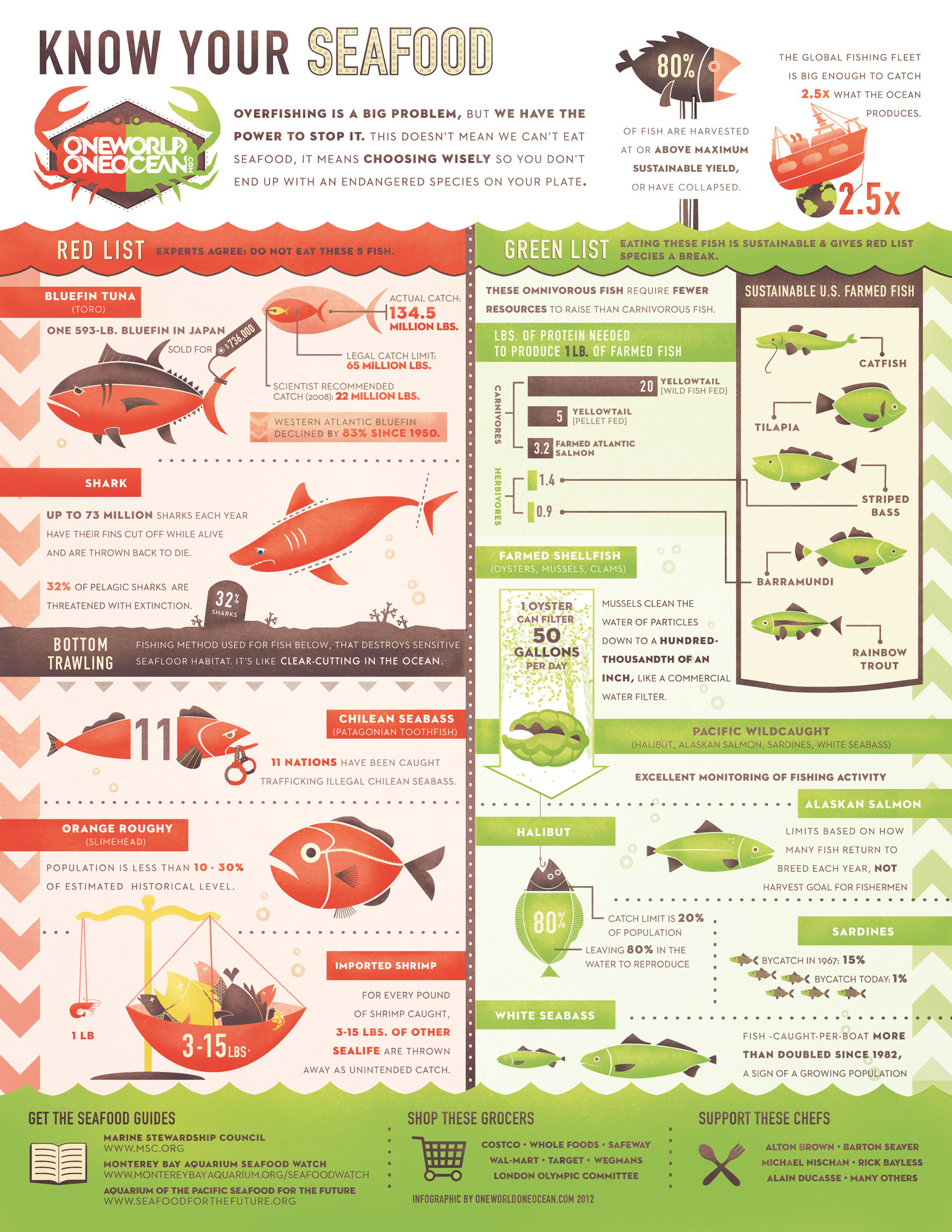Whether you have celiac disease or are simply gluten intolerant, finding naturally gluten-free foods makes it so much easier to plan your meals and snacks without worry. You must avoid wheat, rye and barley, which is easier said than done. Take it from me – I have a gluten-free son and it’s always astounding what items these grains are hidden in. So, knowing some naturally gluten-free foods helps take the guesswork out of shopping and keeps you from having to scrutinize every single ingredients list.
Recent studies show that gluten sensitivity is very common among children and adults alike. And even if you do not have celiac or display symptoms of gluten sensitivity (bloating, discomfort, gas, foul stool), you will still benefit from avoiding gluten in your diet altogether.
And without further ado, let's take a look at the list of naturally gluten-free foods we can all enjoy without the need to check the package:
1. Fruit

Not only is fruit one the several naturally gluten-free foods, but it is also a healthy staple for any diet. Full of vitamins and minerals, fruits contain no gluten and are an easy way to satisfy your hunger without compromising your health. This goes for all fresh and frozen fruit. You will need to be cautious about canned fruit pie fillings and any fruit that comes bathed in any type of sauce. These may contain gluten.
2. Vegetables

Just like fruit, vegetables are gluten-free and chock full of nutrition. Eat them raw or cooked any time you like. They taste great in omelets at breakfast, salads at lunch and steamed with garlic for dinner. Just stay away from tempura vegetables and vegetables doused in sauce of any kind. They very likely contain gluten and could make you sick.
3. Dairy

Ah, milk! It’s full of calcium for your bones and teeth and protein for your muscles. And the bonus is that it’s completely gluten-free. That’s great news for your health and your taste buds. Likewise, most kinds of yogurt, sour cream, cream cheese and butter are also gluten-free. Be wary when it comes to ice cream though. Obviously, you can’t have any flavors that contain cookies or cake, but some of the off brands also contain fillers that might not be gluten-free. When in doubt, call the manufacturer and check.
4. Meat

No, you don’t have to become a vegetarian just because you’re on a gluten-free diet. Fresh beef, chicken, pork, fish, lamb and turkey are all gluten-free. Grill, bake or roast them for a nutritious meal that won’t make you sick. That being said, it’s imperative to stay away from breaded meats, some processed meats, gravy, some types of seasonings and many marinades. They often contain gluten, though you can find gluten-free versions at many supermarkets like Whole Foods or Sprouts.
5. Fish
Fish is high in many nutrients that most people lack and it's a naturally gluten free product. Wether you choose wild salmon, tilapia or tuna steaks, fish's valuable nutrientsinclude lean protein, iodine, and a variety of vitamins and minerals.
Fatty species are sometimes thought to be the healthiest. This is because fatty fish, such as salmon, trout, sardines, tuna, and mackerel, contain more fat-based nutrients. When possible always opt for wild caught and local.
6. Seafood

Seafood is not only scrumptious food that's considered to be delicacy in most countries, it's also packed with healthy proteins and it is completely gluten free. Wether it's a plate of oysters or a salad with shrimp, you are sure to get the most valuable nutrients without any danger of consuming gluten.
7. Chocolate
One of the most delicious foods on Earth, thankfully, chocolate is completely gluten free. Always choose dark chocolate over milk chocolate for its heart benefits and sophisticated taste. French, Swiss, German handmade chocolate is the best. When ready to splurge, try the French brand La Maison Du Chocolat - it's the one that high end jewelry stores offer to their clients while those are choosing their future purchase.
8. Coffee
Whether decaf or caffeinated, with or without milk or cream - coffee, for most of us, became a meal onto itself. For a healthier option, get a late or a cappuccino with almond milk. It will not spike your sugar and it will make you feel full. Excellent for those, trying to extend the time between meals. Needless to say that this delicious and additive drink is completely gluten free. Yay!
9. Goat milk products
Now that we mentioned that dairy is completely gluten free, we should also mention that goat milk products are as well a healthy and naturally gluten free product. Much healthier option than the usual cow milk sourced products, goat cheese, goat milk yogurt and goat milk itself will be a wonderful addition to any healthy gluten free diet.
10. Eggs
While being a part of dairy, we could not stress enough the health benefits of free range organic eggs. Not only they will do wonders for your skin and hair, they are essential proteins, the most perfect protein, in fact, that exists on our planet. The fact that it is so affordable and so easy to find makes it a precious gluten free addition to any healthy lifestyle.
11. Berries
Whilst most prefer to categorize berries as fruit, we wanted to mention them separately, to make sure you remember about this wonderful gluten free option. With lowest fructose possible, and highest vitamin value, raspberries, blackberries, blueberries as well as strawberries will constitute a great addition to your healthy gluten free breakfast or snack. Always choose organic when possible, and of course, locally sourced and seasonal berries taste the best!
12. Quinoa
Quinoa made a splash a decade ago as one of the healthiest foods out there. Thankfully, it's also naturally gluten free. Excellent as a part of main course or mixed in with the salad, it's a filling yet healthy gluten free option you should always keep on your shelf.
13. Olive Oil
Olive oil as well as olives are too completely naturally gluten free products. They both constitute the basis of Mediterranean diet and recently it was found out that organic olive oil is one of the magic ingredients that can help slow down if not reverse natural aging. Double up on that olive oil dressing in your salad for maximum benefits!
14. Popcorn
If you are as keen on having popcorn during a movie as we are (always feel free to sneak in a pack of organic Buddha Bowl Himalayan Salt Popcorn pack into your movie theater for a healthier option), you should know that it's one of those naturally gluten free snacks that you can truly enjoy without a second thought. As mentioned before, organic brands are the best options, if you do have to buy popcorn at the movie theater, please do make sure to avoid the so called "butter" that's offered there, since it's the lowest quality, unhealthiest ingredient you can be putting into your body.
15. Rice
Sure, it’s a grain, but it’s a safe one. Rice is a great alternative for pasta in my house. Loaded with steamed vegetables, ham and an egg, it’s a great fried rice recipe that tastes good and is completely gluten-free. White rice and brown rice are equally great tasting, but the brown variety is less processed and therefore more nutritious.
16. Corn and corn tortillas
Not being able to eat bread is difficult and many of the gluten-free versions don’t taste good or they crumble when you try to spread them with mayo or peanut butter. Corn tortillas make a great alternative. Though they might not work for a peanut butter and jelly sandwich, they work well with mayo, turkey, cheese and lettuce for a yummy wrap that’s safe to eat. Taco shells and chips are also perfect for your gluten-free diet and let you make yummy dinners anytime you want.
What’s your favorite gluten-free food? If you check, you might be able to find gluten-free versions of things otherwise off-limits. For example, you can now buy gluten-free soy sauce. Oriental food, here we come!
17. Legumes - beans, lentils, peas
Legumes are a wonderful source of protein, especially for vegans and vegetarians. Completely gluten-free, beans, lentils, peas, chickpeas can make a healthy basis for any meal. An abundance of recipes are available online for a multitude of dishes, especially Latin American cuisines.
18. Mushrooms
Mushrooms are such an excellent and often overlooked type of naturally gluten-free produce! From portobello to porcini, they make an excellent addition to any meal and take the taste of the dish to another level. From adding sautéed mushrooms to your rice to making a mushroom soup, you'll find the taste exquisite and absolutely divine!
Now that you have the list of natural gluten-free foods, you are ready to shop for your groceries without the need to check the every single package for information about gluten. Enjoy your healthy meals and stay away from gluten to feel your best!

Frequently Asked Questions
- What does gluten-free mean?
- Gluten-free means the food does not have gluten. Gluten is a protein found in wheat, barley, and rye that some people can't eat because it makes them feel sick.
- Can I eat fruits and vegetables if I'm avoiding gluten?
- Yes, all fruits and vegetables are naturally gluten-free, so you can enjoy them without worry.
- Are eggs gluten-free?
- Eggs are naturally gluten-free. You can eat them in many different ways, like scrambled, boiled, or as an omelet.
- Can I still eat dairy products on a gluten-free diet?
- Most dairy products like milk, cheese, and yogurt are naturally gluten-free. Check the labels to make sure there's no added gluten.
- Is it safe to eat rice if I'm on a gluten-free diet?
- Yes, rice is a gluten-free grain, so you can have white, brown, or wild rice without gluten worries.
- What about potatoes – do they contain gluten?
- Potatoes do not contain gluten, so you can eat them baked, mashed, or as fries, just check for added ingredients.
- Are all meats gluten-free?
- Most fresh meats are naturally gluten-free, but be careful with processed meats or meats with sauces, as these could have gluten.
- Is corn a gluten-free food?
- Yes, corn and corn products like polenta and popcorn are gluten-free.
- Can I eat nuts and seeds if I'm gluten-free?
- Nuts and seeds are gluten-free in their natural form, so snack on them without worries, but check for cross-contamination or added ingredients in packaged products.
- Do oats contain gluten?
- Oats themselves are gluten-free, but they're often processed with gluten-containing grains, so look for oats labeled gluten-free to be safe.
Add allwomenstalk.com as a preferred source on Google to see more of our trusted coverage when you search. 




